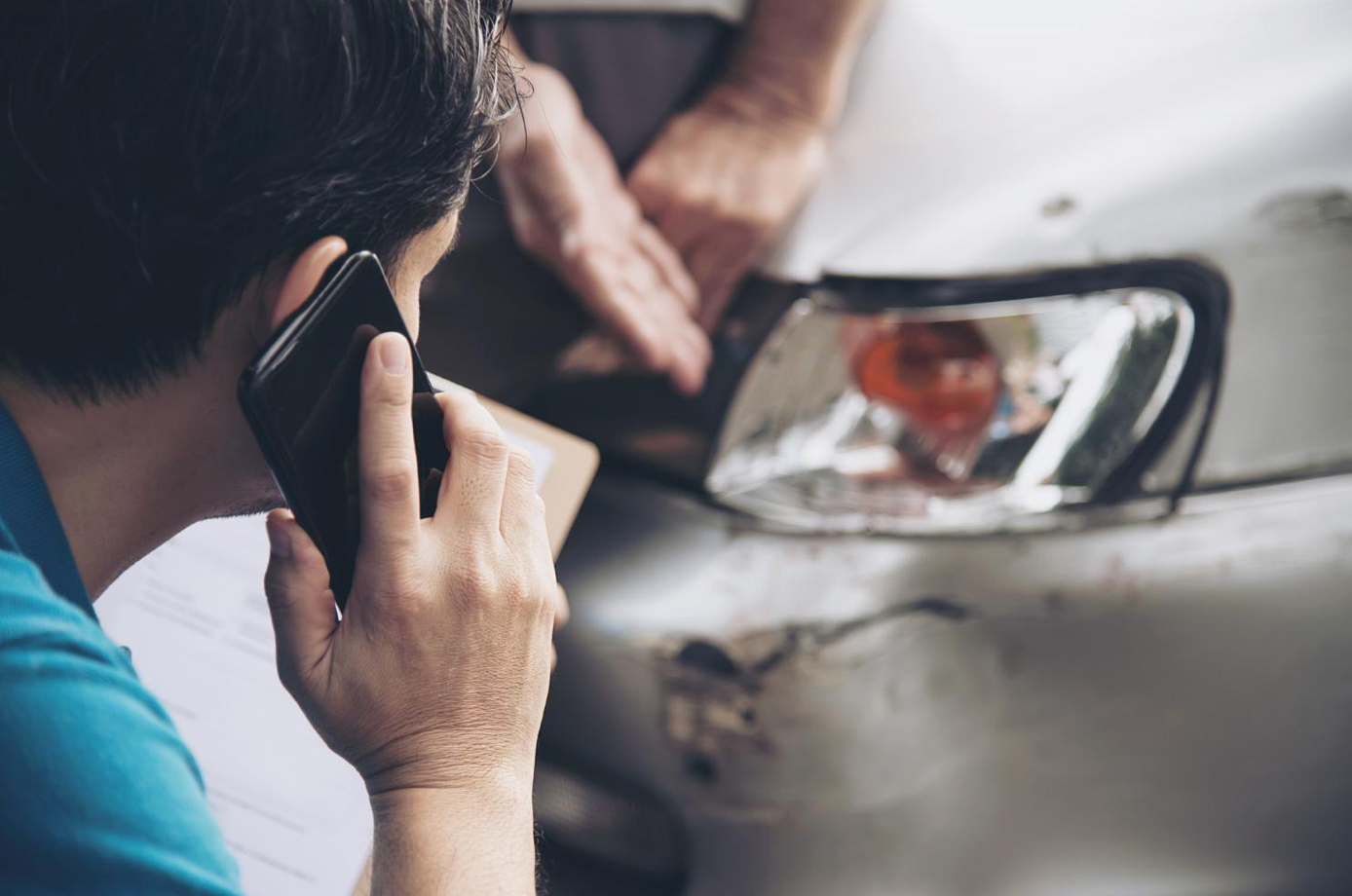The Role of Evidence in Proving Your Personal Injury Case

The Role of Evidence in Proving Your Personal Injury Case
Navigating the complexities of a personal injury case can be a daunting endeavor, particularly when the burden of proof lies heavily on the shoulders of the injured party. Evidence, therefore, becomes the linchpin in substantiating your claims and securing the justice and compensation you rightfully deserve.From medical records to eyewitness testimony, each piece of evidence plays a crucial role in painting a comprehensive picture of the incident, its impact on your life, and the accountability of the parties involved.The Importance of Evidence in Winning Your CaseIn any legal case, the burden of proof lies with the plaintiff, meaning it's their responsibility to provide evidence that supports their claims.In personal injury cases, this becomes even more critical as the plaintiff must prove not only that they were injured but also that the defendant's negligence or intentional actions caused those injuries.The strength and validity of the evidence presented can ultimately determine the outcome of a personal injury case. Therefore, it's crucial to carefully gather, organize, and present evidence that clearly shows the extent of your injuries, the impact on your life, and the liability of the opposing party.How to Gather and Present Evidence
 Photo by Ketut Subiyanto from Pexels
Photo by Ketut Subiyanto from Pexels
Document Everything: This includes taking photographs, keeping receipts for medical expenses, and documenting any changes in your daily life due to the injury.
Obtain Official Reports: Police reports and medical records play a vital role here.
Gather Witness Testimony: Reach out to any potential witnesses who may have seen or been involved in the incident and collect their statements in writing.
Hire Expert Witnesses: In complex cases, it may be necessary to hire expert witnesses, such as medical professionals or accident reconstruction experts, who can provide objective opinions and analysis of the incident.
Organize Your Evidence: Keep all your evidence organized and easily accessible for both yourself and your legal team.
Physical Evidence: Tangible objects directly linked to the case, like damaged property, medical devices, or clothing worn during an incident.
Documentary Evidence: Written or recorded materials providing information, such as police reports, medical records, and insurance policies.
Testimonial Evidence: Evidence from witnesses with direct knowledge of the incident or aftermath, including witness statements and expert opinions.
Demonstrative Evidence: Visual aids like photos, videos, and diagrams that illustrate the incident's events and circumstances.

